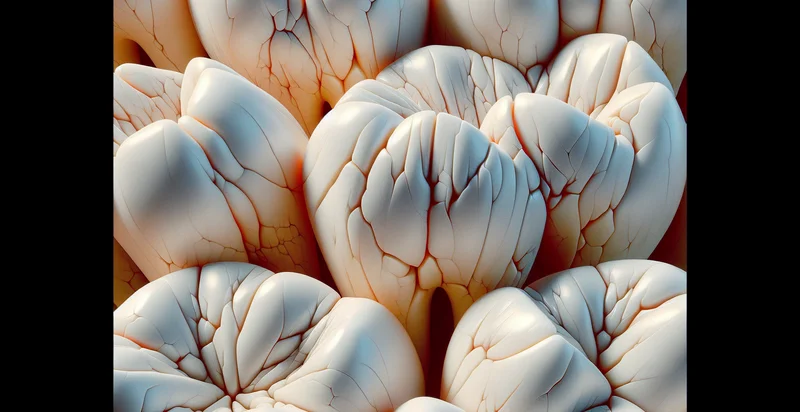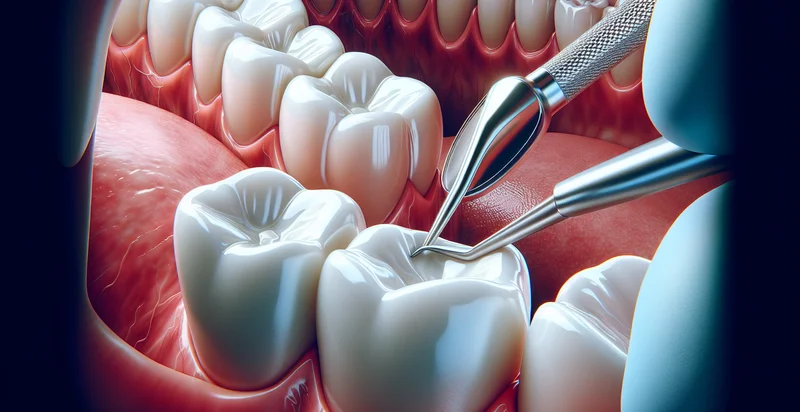Identify tooth fractures
using AI
Below is a free classifier to identify tooth fractures. Just upload your image, and our AI will predict if a tooth is fractured or not - in just seconds.

Contact us for API access
Or, use Nyckel to build highly-accurate custom classifiers in just minutes. No PhD required.
Get started
import nyckel
credentials = nyckel.Credentials("YOUR_CLIENT_ID", "YOUR_CLIENT_SECRET")
nyckel.invoke("tooth-fractures", "your_image_url", credentials)
fetch('https://www.nyckel.com/v1/functions/tooth-fractures/invoke', {
method: 'POST',
headers: {
'Authorization': 'Bearer ' + 'YOUR_BEARER_TOKEN',
'Content-Type': 'application/json',
},
body: JSON.stringify(
{"data": "your_image_url"}
)
})
.then(response => response.json())
.then(data => console.log(data));
curl -X POST \
-H "Content-Type: application/json" \
-H "Authorization: Bearer YOUR_BEARER_TOKEN" \
-d '{"data": "your_image_url"}' \
https://www.nyckel.com/v1/functions/tooth-fractures/invoke
How this classifier works
To start, upload your image. Our AI tool will then predict if a tooth is fractured or not.
This pretrained image model uses a Nyckel-created dataset and has 2 labels, including Fractured and Intact.
We'll also show a confidence score (the higher the number, the more confident the AI model is around if a tooth is fractured or not).
Whether you're just curious or building tooth fractures detection into your application, we hope our classifier proves helpful.
Related Classifiers
Need to identify tooth fractures at scale?
Get API or Zapier access to this classifier for free. It's perfect for:
- Dental Diagnostics Improvement: Healthcare professionals can utilize the tooth fractures identifier to enhance the diagnostic process in dental practices. With accurate identification of fractures from images, dentists can make informed decisions quickly, reducing the need for invasive procedures and improving patient outcomes.
- Insurance Claims Processing: Insurance companies can integrate the tooth fractures identifier to automate and expedite claims processing related to dental fractures. By verifying fracture types from submitted images, insurers can reduce fraudulent claims and ensure that patients receive appropriate coverage for necessary treatments.
- Patient Education Tools: Dental clinics can use the tooth fractures identifier as part of their patient education tools, providing visual evidence of tooth conditions. This function can help patients understand the severity of their fractures and the importance of timely dental care.
- Orthodontic Treatment Planning: Orthodontists can leverage the tooth fractures identifier to assess the impact of fractures on patients' treatment plans. Accurate identification allows for better evaluation of how fractures may affect alignment and occlusion, leading to more tailored and effective treatment strategies.
- Remote Consultations and Teledentistry: The tooth fractures identifier can enhance remote consultations in teledentistry services by providing accurate and reliable assessments of dental images shared by patients. This can help dentists provide recommendations quickly and efficiently, even when in-person visits are not possible.
- Research and Development in Dental Materials: Researchers in the dental field can employ the tooth fractures identifier in studies evaluating the effectiveness of new materials and treatments for fractures. Analyzing fracture characteristics through a large dataset can lead to innovations in material science and dental therapy.
- Training and Development for Dental Professionals: Dental schools and training programs can incorporate the tooth fractures identifier into their curricula to improve the educational experience. Students can use this tool for practical training, learning to recognize and understand different fracture types through computerized image analysis, enhancing their skills before entering practice.


